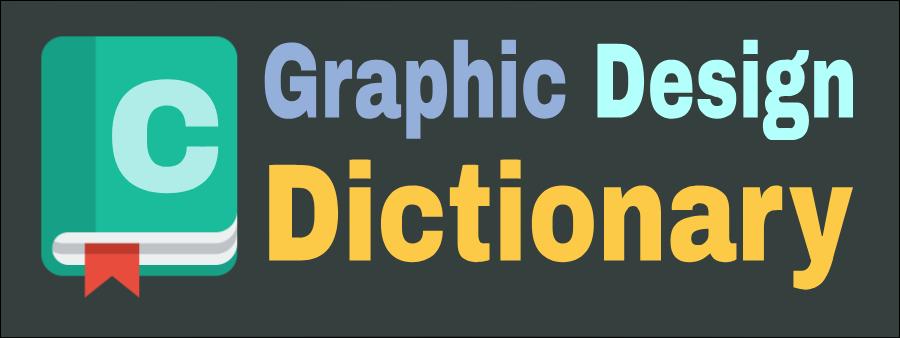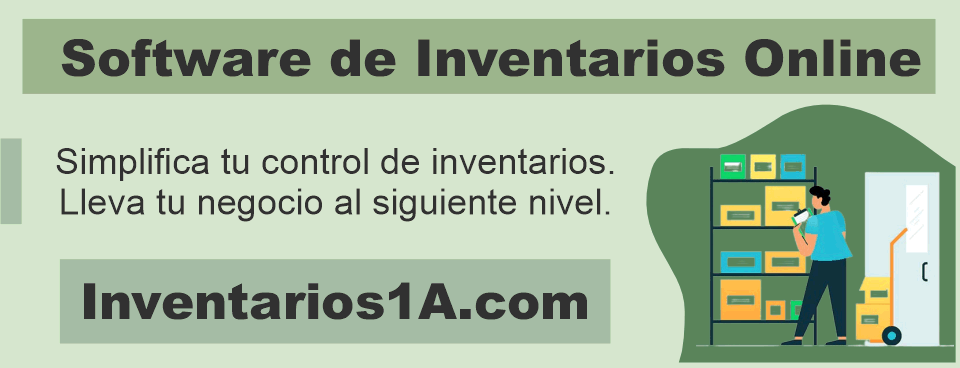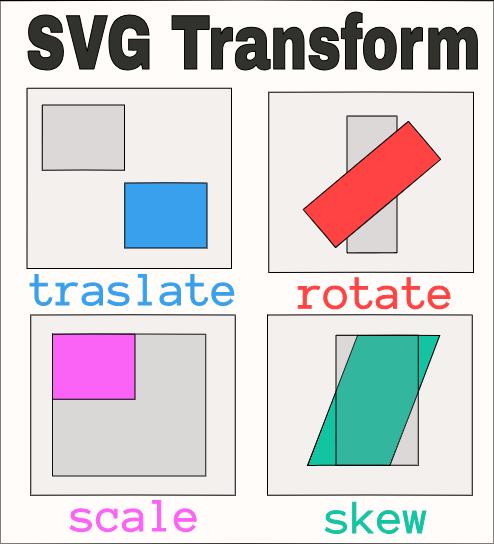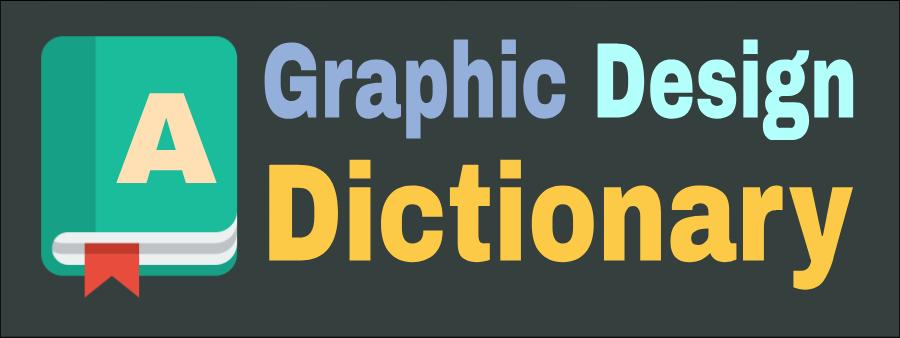Graphic Design Dictionary - Letter C

CD-ROM: Compact disc that stores and reproduces digital data optically.
Chipboard: Material composed of wood particles pressed together with adhesives to form panels or boards.
Calligraphy: Art of writing by hand with style and skill, usually using decorative strokes and elaborate shapes.
Caricature: An exaggerated or humorous graphic representation of a person or object, emphasizing distinctive features or prominent characteristics.
Cardstock: A thick, sturdy type of paper used for graphic design, crafts, or presentation projects.
Cardboard: Rigid, strong material made from recycled paper or wood pulp, used in the manufacture of packaging, banners, or other products.
Character: Individual symbol or sign that is part of a writing or typography system.
Checkbox: A graphical element used to mark an option or indicate a selection state in forms, lists, or interactive interfaces.
Catalogue: An organized collection of elements, products or services that is presented in a systematic and descriptive manner.
Cell: Rectangular space in a table or spreadsheet where you can enter data, text, or graphic elements.
Colored cell: A cell in a spreadsheet or graphic design software that has been filled or colored with a specific color.
Center: Midpoint or place of balance in a design, where visual elements converge or meet.
Certification: Process or action to officially validate that a product, service or professional meets certain quality standards or established requirements.
Cybernetic: Relating to the science, study, or applications of computing, digital technology, or networked communication systems.
Clarity: Property of a graphic design that refers to the ease of understanding and legibility of the information presented, as well as to the clarity and absence of ambiguities.
Chiaroscuro: An artistic technique that refers to the representation of light and shadow to create a three-dimensional and volumetric effect in a work of art or design.
Click: The action of pressing a mouse button or other input device to perform an action or select an item on a digital interface.
Client: Person or entity that uses the services or acquires the products of a company or professional.
Clipart: Predefined images, illustrations, or graphics that can be inserted into documents or designs to illustrate or decorate.
Colors: Visual elements that are perceived based on the wavelength of light and are used in graphic design to convey emotions, create contrasts, and communicate information.
Column: A vertical element in a graphic layout used to organize and present content in a structured way.
Combination: The action of joining or mixing visual elements, such as colors, shapes or images, to create a harmonious and balanced result.
Combinatorics: Area of mathematical study that refers to the different ways in which elements or sets can be combined.
Compensation: Action of balancing or adjusting visual elements in a design to achieve a harmonious distribution and a balanced visual perception.
Competence: Set of skills, knowledge and abilities that a person or company possesses in relation to a specific activity or field.
Complex: Design or visual composition that contains elements or characteristics that require further attention or analysis to understand.
Complementary: Relating to or harmoniously completing another element or color in a graphic design.
Compression: Process of reducing the size or weight of an image or video file using algorithms, while maintaining an acceptable quality.
Communication: Transmission and reception of messages, ideas or information between individuals, using different means or channels, such as verbal, written or visual language.
Concept: Central idea or fundamental theme that guides the development of a graphic design, providing a focus or creative direction.
Conceptual: Pertaining to the representation of abstract ideas, concepts, or themes through visual elements in a graphic design.
Connector: A visual or graphic element used to unite or link different parts or elements in a design, providing visual continuity.
Connection: Visual or conceptual relationship or link between different elements or components in a graphic design.
Contact: Information or means of communication that allows establishing a connection or communication with a person, company or organization related to graphic design.
Content: Element or information that is presented in a graphic design, such as text, images, videos or interactive elements.
Color contrast: Visual difference or disparity between the colors used in a graphic design, which can generate impact, readability or visual effects.
Cursor animated: Graphical representations of cursors that exhibit movement or visual changes, used in graphic design to enhance visual feedback.
Curve: A smooth, flowing line that does not follow a straight direction, used in graphic design to create organic shapes, smooth transitions, or convey dynamism.
Camera: A device used to capture still or moving images in graphic design, such as photographs or videos.
Circle: Geometric shape with a closed contour and all points equidistant from a central point, used in graphic design to represent perfection, unity, or continuity.
Code: Set of instructions or rules that define the operation of a computer system or program in graphic design.
Comic: Graphic narrative format that combines illustrations and text to tell a story in graphic design.
Color gradient: A visual effect that shows a smooth transition between different shades of the same color in graphic design.
Color distribution: Organization and disposition of colors in a graphic design, considering the chromatic harmony, the contrast and the proportion between the different tones and shades.
Container: Container used to store, protect and present products in graphic design, considering practical, aesthetic and brand communication aspects.
Case: Wrapping or container used to contain and protect objects in graphic design, such as CD cases, jewelry cases, electronic product cases, among others.
Color extraction: A technique used in graphic design to select and isolate specific colors from an image, separating them from the rest for independent use or manipulation.
Color fidelity: Accuracy and consistency in the reproduction and representation of colors in graphic design, ensuring that colors look the same across different devices, media, or environments.
Color management: The process in graphic design of controlling and calibrating the colors used in a composition or project, to ensure that they are reproduced accurately and consistently across different devices and display media.
Clip art: A pre-existing graphic or illustration in graphic design, usually available in libraries or image banks, used to add visual elements to projects without having to create them from scratch.
Color inversion: The process in graphic design of changing the original colors of a design, usually by inverting the light and dark colors, to obtain a contrasting or inverted visual appearance.
Color mixing: The process in graphic design of combining different colors to create new tones, shades, or hues. Color mixing is achieved by layering, sheering, or blending primary or basic colors, allowing for a greater variety of color options in a design.
Color swatch: A collection or display of specific colors used in graphic design. Color swatches provide a visual reference of hues, tints, and color combinations, helping designers choose and use colors consistently and harmoniously.
Cover page: A page or visual design found on the front of a publication, such as a book, magazine, or brochure. The cover usually contains relevant information such as the title, author, logo, and attractive visual elements to attract the reader's attention.
Color proof: A printed or digital sample that is used to evaluate and verify the colors of a design before its final production. It is used to make sure colors are accurate and consistent across different devices and playback media.
Cropping: The action of removing or adjusting unwanted parts of an image, photograph, or graphic design. Cropping is done to focus attention on a specific area, improve composition, or fit the image to a particular format or size.
Copywriter: A professional specialized in the writing of advertising and persuasive texts. A copywriter is responsible for creating powerful and convincing messages to promote products, services or brands in various media.
Color Saturation: Refers to the degree of intensity or vibrancy of a specific color in an image or design. Color saturation can be adjusted to achieve desired visual effects or to enhance or attenuate the presence of certain colors.
Content management system: A system that enables the creation, editing, organization, and publication of digital content, such as text, images, videos, and other elements, on a website or application. These systems make it easy to manage and update content efficiently.
Color triad: A set of three colors that are equidistant from each other on the color wheel. Color combinations in a triad are usually harmonious and are used in graphic design to create contrasts and visually appealing compositions.






